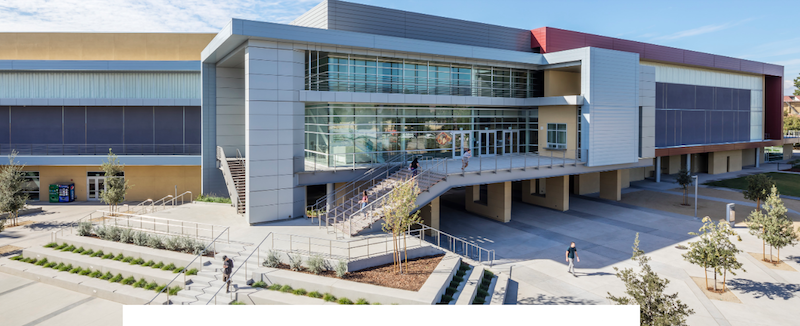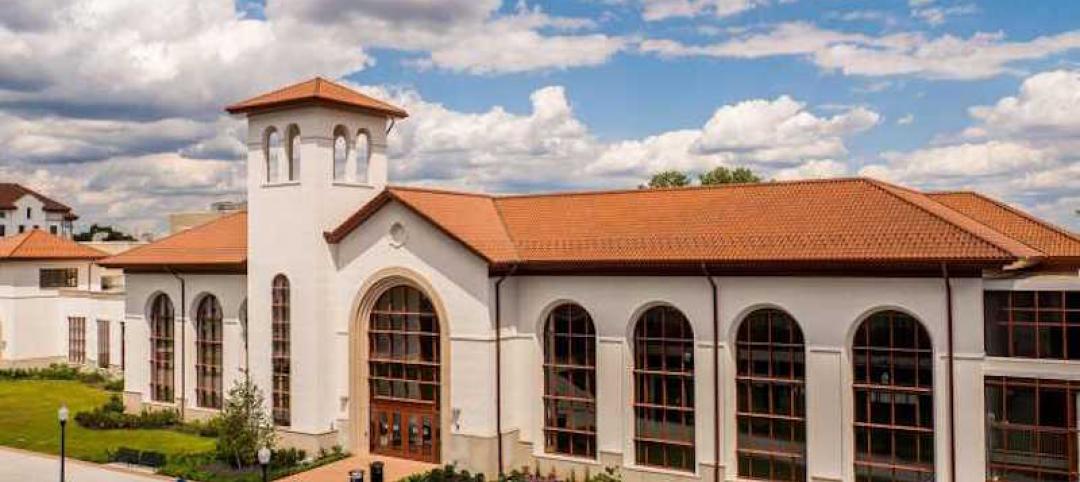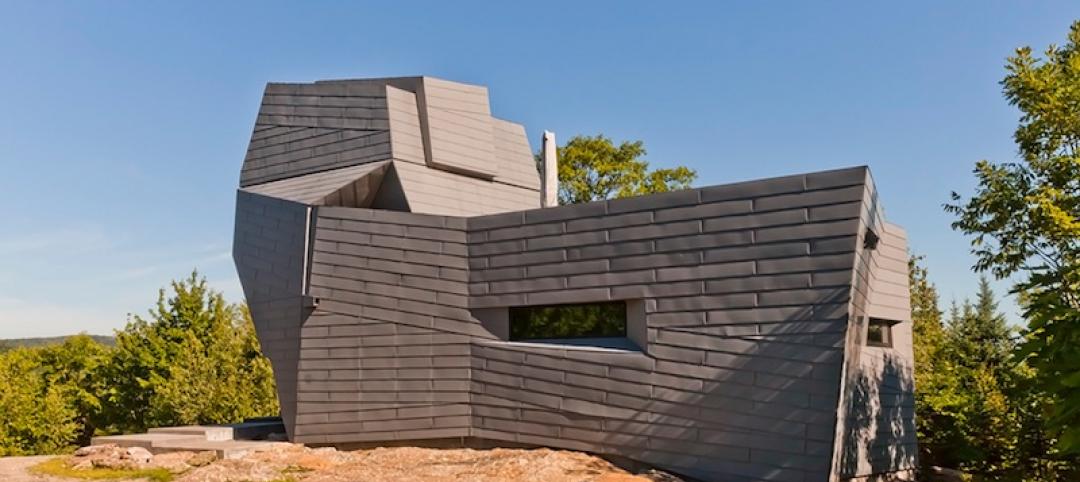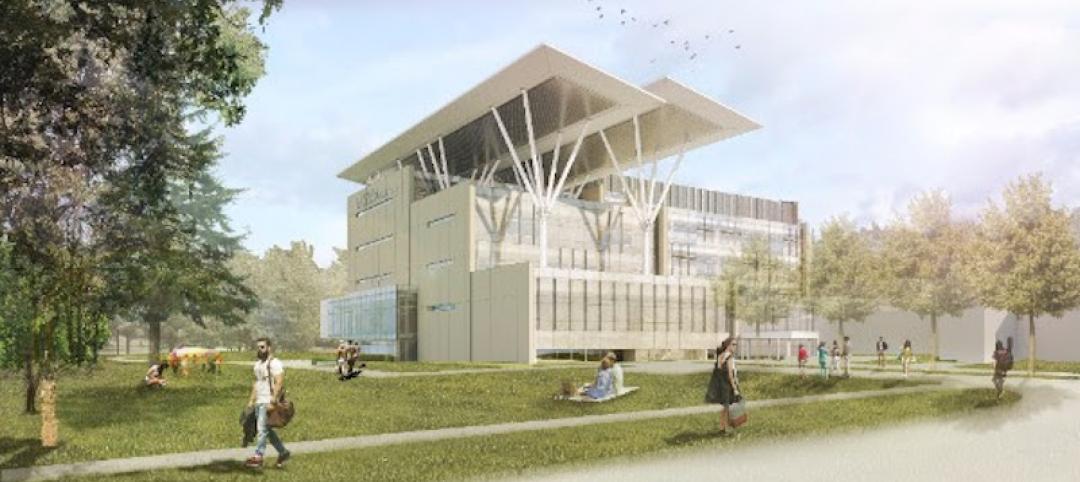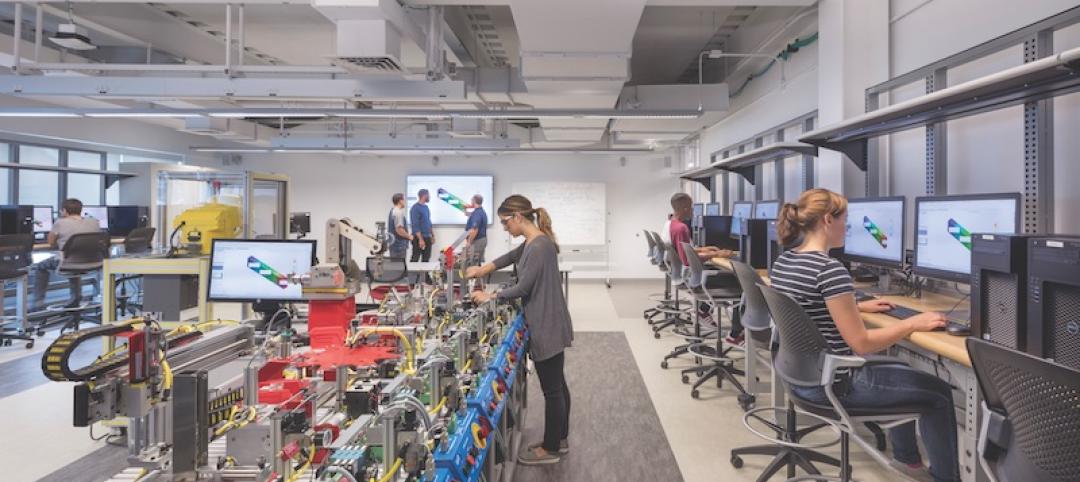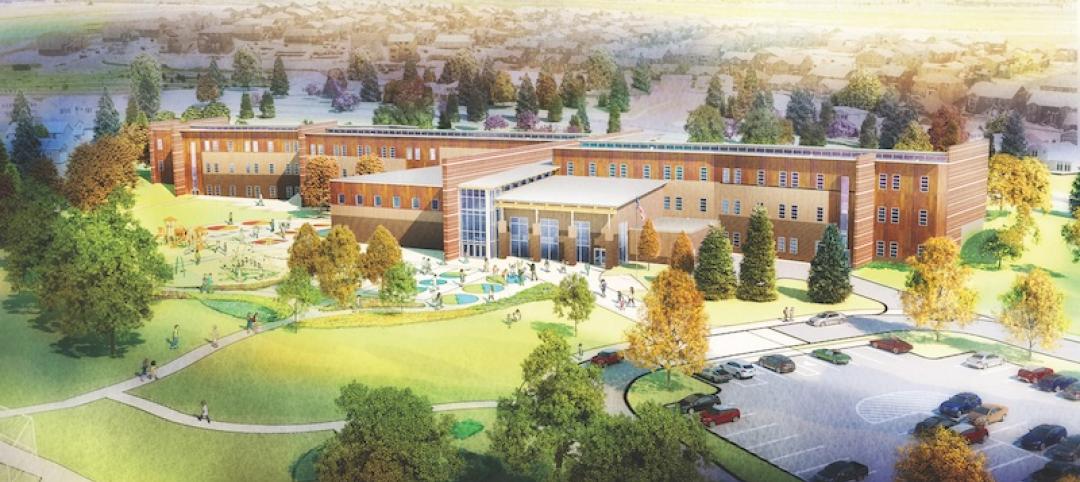Food is a basic human right and a source of comfort to many. Unfortunately, many students don’t have access to this vital resource. More than 13 million children in the United States experience food insecurity, and this has a significant impact on their academic success.
However, architects can help mitigate the effects of food insecurity in public schools and colleges around the country. Using school architecture design to address food insecurity on campus, architects can better support all students and help them achieve their academic goals.
How Food Insecurity Impacts Students
Before school architects and designers can address food insecurity on campus, they must understand how this problem affects students. Food insecurity is defined as not having access to nutritious food due to a lack of resources. Some of the negative health effects of food insecurity are:
- Obesity and high blood pressure from eating cheap processed products
- Tooth decay from eating sugary foods
- Increased risk of developing certain cancers
- Diabetes or hypoglycemia
- Osteoporosis due to a lack of calcium
- Weakened immune system
- Mental health issues such as depression, anxiety, and eating disorders
These health risks are especially harmful to young students. About one in six children in the United States experience food insecurity and miss key developmental milestones.
School administrators can combat these problems. In fact, some students rely entirely on their schools to provide them with food. Elementary school teacher Kelley Ryan explains, “When families lack the financial resources to pack food, breakfast and school lunch may be their kids’ only meals of the day.”
It’s clear that in order to address this widespread problem, school administrators have to create resources and spaces where students can get healthy meals.
School Architecture Design to Reduce Food Insecurity on Campus
Public schools and colleges usually offer free or reduced-cost meal programs to students who can’t afford to bring their own meals from home or buy food from the cafeteria. However, in order for these programs to be effective, schools also need to provide a space where students can pick up their food.
Designing Equitable Dining Halls
The main benefit of making the dining hall more accommodating is that it helps students feel less isolated from their peers. The school district or college may provide them with meal tickets or prepaid cards that they can use to buy food from the front counter, just like their fellow students.
Here are a few design elements that make dining halls even more welcoming to students facing food insecurity:
- Offer plenty of healthy food options. Food insecurity impacts students’ nutrition. By providing a variety of different healthy foods (as opposed to just one or two options each day), you’ll give these students the chance to make up some of their nutritional deficiencies.
- Use a Marché design. It’s difficult to offer students food variety when you only have one serving counter. A Marché design involves placing many smaller food stations around the room, with a large seating area at the center.
- Show the food being prepared and cooked. Some students facing food insecurity don’t know how to prepare or cook meals for themselves at home. By placing the kitchen where students can see it, they can watch how the food is made and may learn by example.
- Build community gardens. Using landscape architecture design, you can create community food gardens—even in urban areas. For example, We are working on a new project for Sacramento City Unified School District called Floyd Farms, a joint-use project between the Sacramento City Unified School District, the City of Sacramento and a local developer. Adjacent to Leataata Floyd Elementary school, a District-owned 4 acre parcel has laid vacant, with homeless camps filling the tree line against Interstate 5 along the west edge of the property. The trees have been cleared, and planning has begun for a 5,000 sq. ft. classroom, kitchen, and office space allowing a local non-profit, The Food Literacy Center to teach cooking and nutrition to hundreds of low-income District students. A community garden is planned for the south portion of the site to be used by the low-income neighbors to the south. North of the building will be a farm, operated by the Food Literacy Center. There, students will work the land, plant crops, raise chickens, and preparing fresh meals in support of the Food Literacy Center and SCUSD vision. The District is also using this project as a pilot to launch its Zero Net Energy initiative. So the building, and farm will not only have a huge impact on the students and community but also will be friendly to the environment.
Because all of these design elements are located in the communal dining hall, they support every student, not just those facing food insecurity.
Creating a Food Pantry Specifically for Students in Need
Students might be able to get free lunches in the cafeteria, but when they get home they may not having anything to eat. Having a food pantry on campus where students can shop for free or affordable food and bring it home is a great option. This is also especially useful for college students.
For example, Palomar College’s Anita and Stan Maag Food & Nutrition Center encourages students to stay in school by providing them with nutritious food that they can take home. One Palomar student says, “If the food pantry at Palomar hadn’t existed, I probably would have stopped coming to college.”
The reason why the Palomar food center was so successful is that the designers made the pantry feel welcoming. The college president wanted the room to look like a miniature Trader Joe’s—a small specialty food shop filled with organic produce and other healthy options.
There are several design techniques architects use in food pantries:
- Warm, earthy paint colors. Browns and creams make the room feel calm.
- Wood finishes. Whether they’re on the walls, ceiling, countertops, and shelves, wood finishes add to the warm, homey feeling in the room.
- Soft LED lights. These mimic the look of natural daylight and make the space appear brighter.
- Fresh produce baskets. Positioned at the center of the room, these encourage students to make healthier choices.
- A grocery store-like layout. This is complete with fully-stocked food shelves, refrigerators, and a checkout counter located near the entrance.
- Food preparation counters. These combine well with microwaves to create spaces where students can cook their food and bring it to communal dining areas to eat.
- A large welcome sign. This is a touch that encourages students to come in and browse the shelves.
- A smaller, more private entrance. Situated at the back of the pantry, this is for students to use if they feel embarrassed to be seen entering the pantry.
- Outreach kiosks. When located around campus, these kiosks normalize the use of these food services and ensure that every student knows they have this option.
Using these design elements helps students to feel excited to visit the pantry each day and bring home nutritious food for themselves or their families.
Architects Can Make a Difference in Students’ Lives
School architecture design for food insecurity on campus involves more than just renovating a dining hall or keeping a pantry stocked with fresh vegetables. You have to create a sense of dignity and comfort in these spaces. Students should never feel embarrassed to use these essential services.
Architecture firms that specialize in dining hall design can make a meaningful difference in these students’ lives. By hiring a design firm that understands the important role that food and communal dining play in education, you’ll create a better support system for all of your students.
Related Stories
Education Facilities | Aug 3, 2017
School of Communication and Media at Montclair State University merges faculty, professionals, and academic programs
CannonDesign designed the facility, which features a 197-seat presentation hall and various control rooms.
Government Buildings | Jul 26, 2017
Spector Group unveils new law enforcement center for Nassau County
The center will serve as a regional training center for all Nassau County Police personnel.
Higher Education | Jul 24, 2017
The renovation of the business school at St. John’s University looks to keep up with the Joneses
A nearly 40-year-old space is opened up and modernized.
Education Facilities | Jul 14, 2017
Youth education center in Baltimore gets first students
Students learn environmental skills, natural resource management, urban agriculture, and water quality monitoring.
Cladding and Facade Systems | Jul 14, 2017
Angular observatory uses zinc panels to gain unobstructed view of night sky
The observatory’s pattern of lock-seamed zinc cladding alternates between the irregular site topography and the building’s geometry.
Sustainability | Jun 28, 2017
Mohawk College will have one of the region’s first net-zero energy institutional buildings
The project’s net-zero goals led to the development of a new curtain wall system.
Green | Jun 15, 2017
45-meter spiraling tower lets you walk above the trees
A 600-meter treetop path culminates with a 45-meter-tall spiraling observation deck.
Higher Education | Jun 7, 2017
Building for the future: Five trends in higher education projects
Preparing students for life after graduation has become the primary motivator behind construction initiatives at U.S. colleges and universities.
Higher Education | Jun 6, 2017
Funding remains a concern, but not always an impediment
Colleges and universities are adept at tapping a variety of sources—taxpayers, investors, donors, and, yes, students—to fund their growth ambitions.
K-12 Schools | Jun 5, 2017
PK-8 school will be Denver’s first CHPS-certified building
A “learning stair” will connect the cafeteria to the main level.


